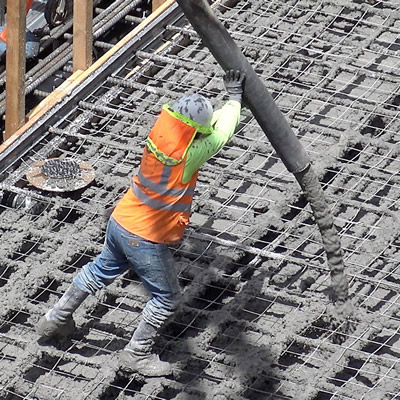LNG in BC conference in Vancouver
The second annual conference will take place May 21 to 23 at the Vancouver Convention Centre
The second annual international LNG (liquid natural gas) in BC conference will take place May 21 to 23 at the Vancouver Convention Centre.
This year’s theme—Powering a Strong Economy: British Columbia’s LNG in the Global Market—will focus on the importance of developing and maintaining strong partnerships between B.C. and world markets to build the LNG industry, a brand new industry in this province.
The conference will bring together many local and international movers and shakers, including B.C. community leaders, First Nations leaders, educators, environmental leaders, elected officials and other LNG proponents from B.C. and around the world.
B.C.’s first LNG conference—Fuelling the Future: Global Opportunities for LNG in BC—took place in February 2013.
Some of the many speakers at this year's conference are B.C. premier Christy Clark; Alan Dunlop, vice-president Chevron Canada Limited and general manager Kitimat LNG; and Andy Calitz, vice-president of LNG Canada Project. Another speaker is Greg D'Avignon, president and CEO of the Business Council of BC.
“B.C. stands to reap many economic benefits from LNG development,” said D'Avignon. “There will be an increase in tax revenues, which will go to paying for health, education and other social services. And there will be more high-wage, high-skill jobs.”
LNG development will also expand trade relations with other countries.
“Global companies that come here for LNG will be exposed to other opportunities in B.C., such as resource extraction and technology development,” he said.
A unique economic opportunity
“The world is going through some major changes, as the economic centre of gravity shifts from the U.S. and Europe to Asia,” D'Avignon said. “Because B.C. is located between West and East, it can take advantage of the shift. We should be smart and build on those advantages now, because they won't be there forever.”
Another speaker, Gary Herman, interim CEO of B.C.'s Industry Training Authority, said LNG development will create many new jobs in the province.
“If five LNG facilities are built, it will mean an injection of $175 billion in the B.C. economy and up to 100,000 new jobs,” Herman said. “Almost 60,000 of those jobs will be in construction and just under 30,000 in operations. And many of those jobs will be filled by First Nations in northern B.C.”
But it should be noted that natural gas isn't worth a thing unless it can be sold. Until now, B.C. has been selling its natural gas in only two markets: Canada and the U.S. Both markets have been good customers, but demand is decreasing. To make the situation worse, natural gas discoveries are being made all over North America. This has led to an overabundance of supply, which, in turn, has been pushing the price of the fuel downward.
Because North American demand is shrinking at the same time as supply is increasing, B.C. is looking further afield for new markets. Most of those new opportunities are located in Asia, where economies in China, India, Indonesia and the Philippines are growing quickly. According to energy analysts, the Asia Pacific region is projected to increase the demand for natural gas by at least two and a half times by 2030.
Not surprisingly, other countries that are rich in LNG supplies, such as Australia, Russia and the U.S., are casting a hungry eye at the Asian market.
The provincial government says it is therefore “taking immediate and meaningful action” to work with industry and various B.C. communities, including First Nations, to develop an LNG industry.
Kitimat project
One of the most advanced LNG projects in B.C. is in Kitimat, in the northwestern part of the province.
In December 2012, Chevron Canada Limited and Apache Corporation signed a 50/50 joint venture agreement to build the Kitimat LNG project. Under the terms of the agreement, Chevron will operate the facility and market the LNG, and Apache will manage the development and production of natural gas from the Liard and Horn River Basins in northeastern B.C.
The proposed facility will be built on land leased from the Haisla Nation. The facility will include two liquefaction trains to cool the natural gas to a liquid state, LNG storage tanks and a marine jetty and berth to accommodate specialized LNG carriers.
Kitimat LNG has a National Energy Board license to export up to 10 million tonnes of LNG per year. If the facility goes ahead, natural gas will be delivered to it by the proposed 480-kilometre Pacific Trail Pipeline from Summit Lake, B.C., to Kitimat.
Fifteen First Nations along the proposed natural gas pipeline route have signed limited partnership agreements, which promise to deliver economic, employment, training and contracting benefits to them during the lifetime of the project.




